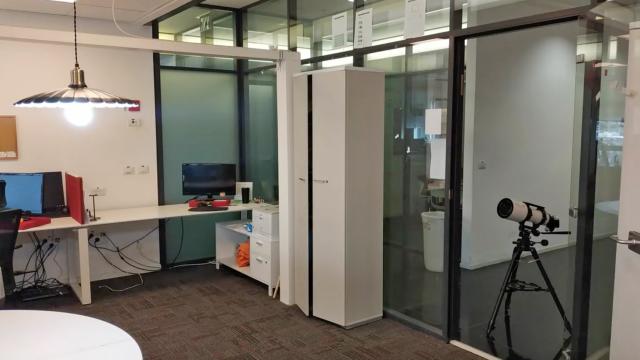As if we didn’t have enough to be stressed about in 2020, researchers from the Cyber Security Labs at Ben Gurion University and the Weizmann Institute of Science have come up with a way to listen in on a room, even at long distances, using less than $US1,000 ($1,463) worth of equipment that’s able to measure subtle light changes in a room caused by sound waves vibrating a light bulb.
There are already many ways to spy on what’s being said in a room from far away. Electronic bugs, smartphones and computer hardware compromised with malware, and even lasers pointed at windows can be used to covertly listen in on a private conversation without the targets knowing. But for the most part, these approaches require access to the rooms or equipment, either physically or electronically, and can potentially be detected, which limits their effectiveness and practicality.
This new approach, which the researchers have named the Lamphone, is effective from great distances and really only requires visibility to the room being spied on through a window. Oh, and someone has leave the lights on. The Lamphone’s equipment includes a laptop for signal processing, a telescope to provide a close-up and amplified view of the room at distances of hundreds of feet, and an electro-optical sensor that simply converts light into an electrical signal.
If you’re in a room lit by a hanging light fixture that you accidentally bump or walk into, the changes in the room’s lighting are dramatic while the light bulb swings back and forth. It’s those changes in lighting that this research is dependent on, although it’s looking for subtle shifts that are imperceptible to the human eye. When sound waves created in a room hit a hanging light fixture they can also make it move, but infinitesimally small distances. Humans might not notice, but a sensitive detector can.
In an experiment using three different telescopes with different lens diameters from a distance of 25 meters (a little over 24.99 m) the researchers were successfully able to capture sound being played in a remote room, including The Beatles’ Let It Be, which was distinguishable enough for Shazam to recognise it, and a speech from President Trump that Google’s speech recognition API could successfully transcribe. With more powerful telescopes and a more sensitive analogue-to-digital converter, the researchers believe the eavesdropping distances could be even greater.
While the type of bulb used in a room doesn’t matter, what isn’t clear is how effective this technique is with lighting permanently mounted to the ceiling, such as the fluorescent tubes that make office life so dreary, or bulbs in lamps sitting on a table. If you’re feeling extra paranoid about this research, go ahead and turn off all your chandeliers and stick to reading lamps and the glow of all your screens to light your home.
